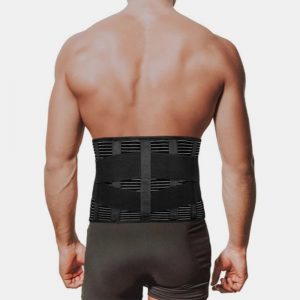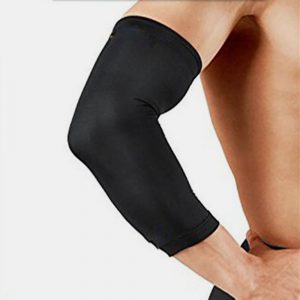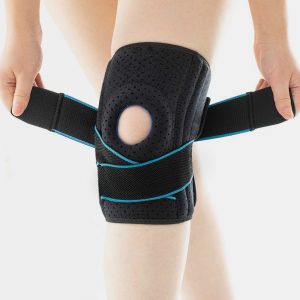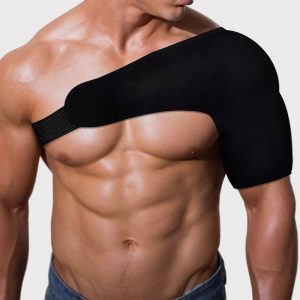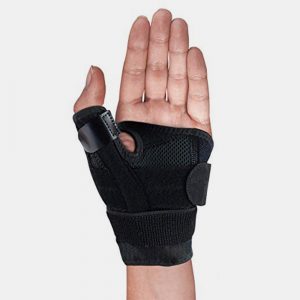
Understanding Shoulder Pain: Causes and Symptoms
Shoulder pain is a common problem that a variety of factors can cause. One of the most common causes of shoulder pain is a rotator cuff injury, which occurs when the tendons and muscles that support the shoulder joint become damaged. This type of injury is often caused by overuse or repetitive motions, such as those involved in sports or manual labour.
Another common cause of shoulder pain is tendinitis, inflammation of the tendons in the shoulder. This can occur as a result of repetitive movements or as a result of injury. Tendinitis can be particularly common among athletes who engage in overhead activities such as swimming or tennis.
A frozen shoulder is another potential cause of shoulder pain. This condition occurs when the shoulder joint becomes stiff and painful, often making it difficult to move the arm. Frozen shoulder can be caused by various factors, including injury or trauma, which is more common in individuals over 40.
The symptoms of shoulder pain can vary depending on the underlying cause. In some cases, individuals may experience a dull ache or a sharp stabbing pain in the shoulder. They may also experience stiffness or a limited range of motion, making it difficult to perform certain activities or movements. In some cases, individuals may also experience weakness in the shoulder or arm or a sensation of numbness or tingling.
The Benefits of Non-Surgical Treatment Options
- Non-invasive: Unlike surgery, non-surgical treatments do not involve incisions or other invasive procedures. This means less pain, less risk of infection, and a shorter recovery time.
- Customized treatment: Non-surgical treatments can be tailored to the patient’s needs. For example, physical therapy can be designed to strengthen specific muscles or improve the range of motion, while bracing can provide targeted support to relieve pain and prevent further injury.
- Cost-effective: Non-surgical treatments are often less expensive than surgery, which can require hospitalization and other expensive medical interventions.
- Low risk of complications: Surgery carries a risk of complications, such as infection or adverse reactions to anaesthesia. Non-surgical treatments are generally considered safer and have a lower risk of complications.
- Long-term benefits: Non-surgical treatments can provide long-term benefits by addressing the underlying causes of shoulder pain. For example, physical therapy can improve muscle strength and flexibility, reducing the risk of future injuries.
Who Should Use the Ottobock Shoulder Brace?
- Athletes: Athletes who engage in sports that require a lot of shoulder movement, such as swimming, tennis, or baseball, are at a higher risk of shoulder injuries. The Ottobock Shoulder Brace can provide support and prevent further injury while allowing them to continue playing their sport.
- Individuals with Shoulder Instability: Individuals with shoulder instability may experience frequent dislocations or subluxations, which can be painful and limit mobility. The Ottobock Shoulder Brace can help stabilize the joint and reduce the risk of further dislocations.
- Post-Surgery Patients: After shoulder surgery, limiting movement and supporting the joint during the healing process are important. The Ottobock Shoulder Brace can help promote healing and prevent further injury.
- Individuals with Chronic Shoulder Pain: Individuals with chronic shoulder pain may benefit from wearing the Ottobock Shoulder Brace to reduce pain and improve mobility. The brace can help alleviate pressure on the joint and provide support during daily activities.
5 Key Benefits of the Ottobock Shoulder Brace
- Pain Relief: One of the primary benefits of the Ottobock Shoulder Brace is its ability to reduce pain in the shoulder joint. The brace helps to offload the arm’s weight and reduce the load on the shoulder joint, which can help alleviate pain.
- Improved Range of Motion: The Ottobock Shoulder Brace is designed to provide support while allowing for a full range of motion. This can help improve mobility and flexibility in the shoulder joint, which can be especially beneficial for recovering from injuries or surgeries.
- Enhanced Healing: By providing support and stability to the shoulder joint, the Ottobock Shoulder Brace can help to promote faster healing and recovery. The brace helps to protect the joint from further damage while allowing for gentle movement and exercise, which can aid in the healing process.
- Better Posture: The Ottobock Shoulder Brace can help to improve posture by pulling the shoulders back and encouraging a more upright stance. This can help to reduce strain on the neck and back muscles and improve overall comfort and alignment.
- Increased Comfort: The Ottobock Shoulder Brace is designed with user comfort in mind. The adjustable straps and lightweight materials make it easy to wear without discomfort or irritation for extended periods. This can help to promote compliance with treatment plans and improve overall outcomes.
Conclusion:
In conclusion, the Ottobock Shoulder Brace is a valuable device that provides numerous benefits to individuals experiencing shoulder pain or injury. As a trusted manufacturer and supplier, Ottobock ensures that its products are of the highest quality and designed with user comfort in mind. For those interested in purchasing the Ottobock Shoulder Brace, WorldBrace is a reliable wholesale supplier in China that offers competitive pricing and fast shipping.
Looking for a high-quality shoulder brace? Ottobock, a trusted manufacturer and supplier, has you covered. And if you’re looking for a reliable wholesale supplier based in China, look no further than WorldBrace.


